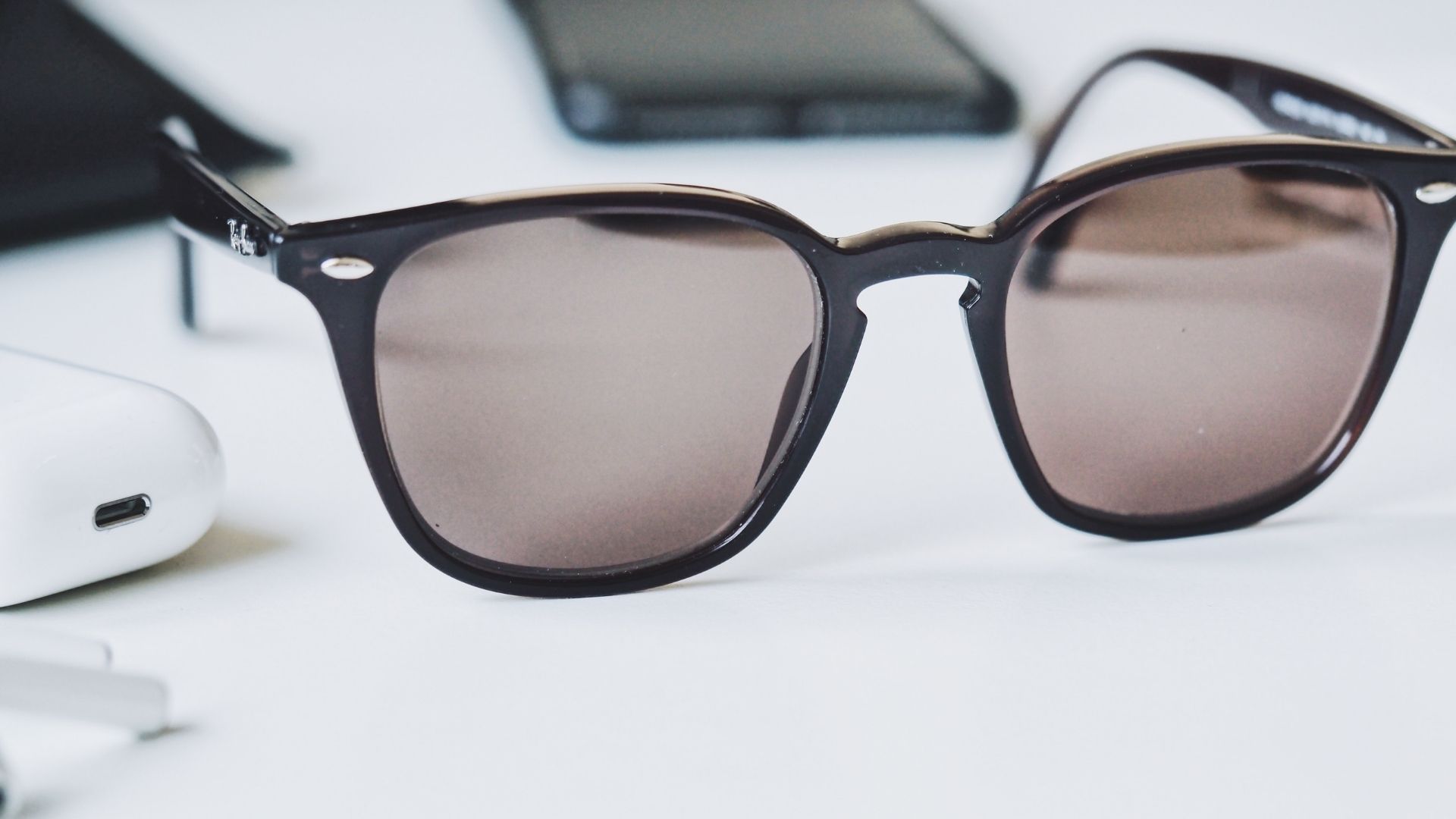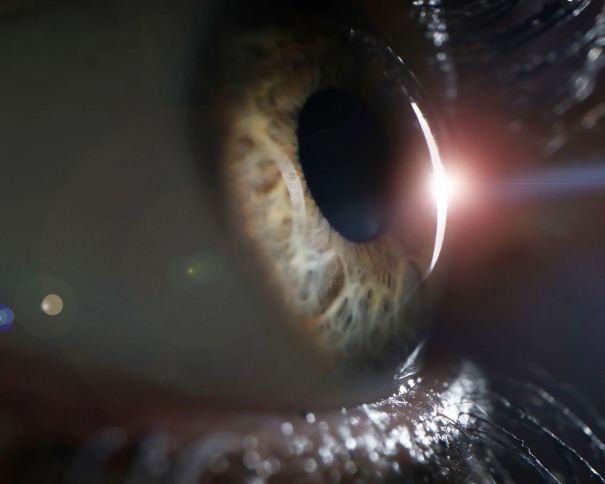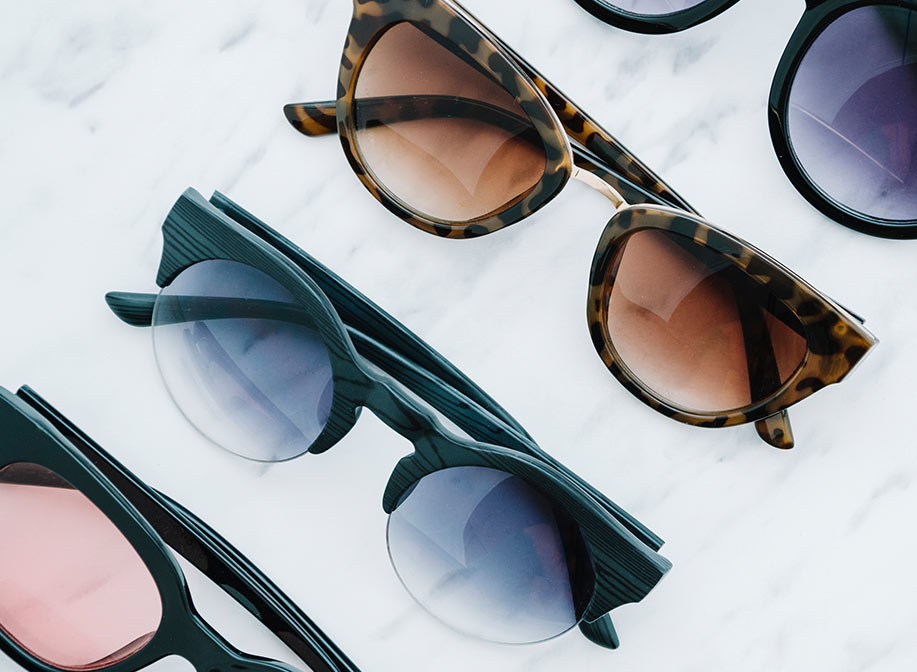
UV Filters: UV protection
You probably know that ultraviolet radiation is harmful to the skin. But do you know that UV rays can damage your eyes? Exposure to this type of light is related to severe diseases in the ocular anatomy. If you still don’t use UV filters in your glasses, it’s time to consider it as a priority.
Of course, there are UV filters that can be used on lenses. We explain what these rays are and how to mitigate their effects on the eyes.
What are the ultraviolet rays?
Ultraviolet rays are a form of solar radiation. But, it is also emitted by artificial devices such as tanning beds, mercury vapor lights, fluorescent and halogen lights.
UV radiation is outside the visible spectrum and is among the most powerful of light reflections. Only X-rays and gamma rays surpass it. According to their intensity they are divided as follows:
- UVC rays: these are the UV rays that radiate with the greatest energy. Therefore, they are the most harmful to the eyes and skin. Fortunately, the ozone layer works as a containment barrier for this light. The wavelength of UVC is 100 to 280 nanometers.
- UVB rays: they have a longer wavelength ranging from 280 to 315 nanometers and have lower energy. Since the ozone layer cannot isolate them completely, the cornea receives 100% of the available UVB. This causes macular degeneration, cataracts, photokeratitis and pinguecula.
- UVA rays: although their energy levels are lower than in the previous two cases, these rays pass directly to the retina. They are associated with the development of some types of cataracts and early macular degeneration.

How do UV filters work?

Lenses with UV protection are ideal to reduce eye exposure to this harmful radiation. The glasses go through a special procedure through which a coating against UV rays is placed on them at high temperatures.
Basically, the function of such filters is to repel UV rays from the surface of the lens. Mica absorbs ultraviolet radiation, preventing it from passing through to the other side of it. Thus, the light entering the eye is devoid of UV light.
The cover of the UV filters is made of plastic materials. Polymers, such as polycarbonate, have a property that makes them capable of filtering UV radiation without the need to add any other type of chemical. Good quality lenses should protect against any type of UV rays.
UV filters type
In an ideal scenario, UV filter glasses have to offer a 100% absorption range. However, there are graduations of different levels that adapt to the particular requirements of use:
- Category 0: very light filter that absorbs between 1% and 19% of UV rays. Typically, they are sports glasses intended to repel dust, wind or debris carried in the breeze, but do not protect against the sun.
- Category 1: Second category UV filters can absorb 20% to 50% of rays. They are slightly colored and are designed for daytime urban use and medium exposure to solar radiation.
- Category 2: they are a little more colored than the previous ones. They absorb from 57% to 81% of ultraviolet light. They are recommended for users who spend most of the day in the sun.
- Category 3: they are ideal for spending days on the beach or in outdoor areas such as an open field because their protection ranges from 82% to 92%. These UV filter glasses usually have quite dark tints.
- Category 4: prescribed for people who practice sports in mountains or aquatic disciplines where the incidence of the sun is extreme. It can reach up to 100% absorption. At this point, we must highlight that transparent lenses for everyday use can also integrate lenses with UV protection.
 +1(305)741-5259
+1(305)741-5259



